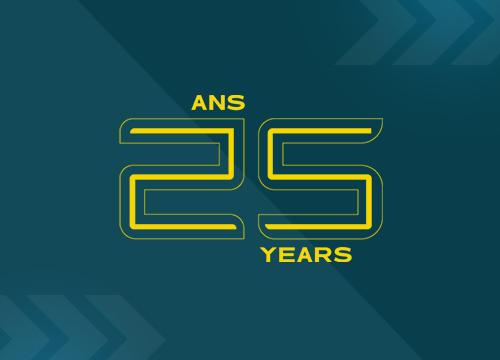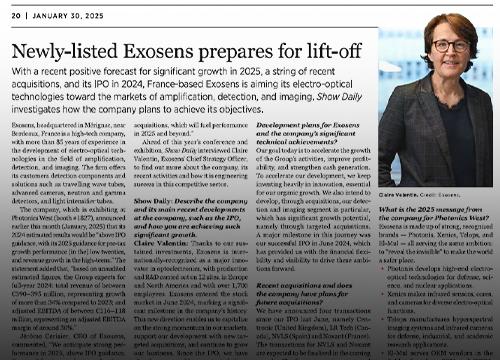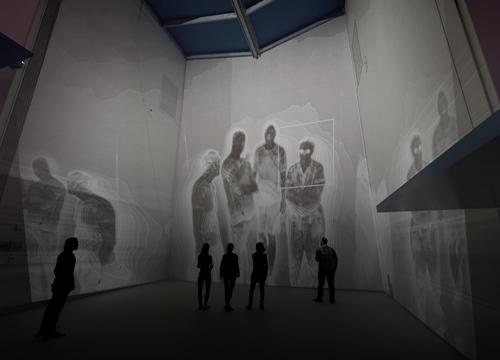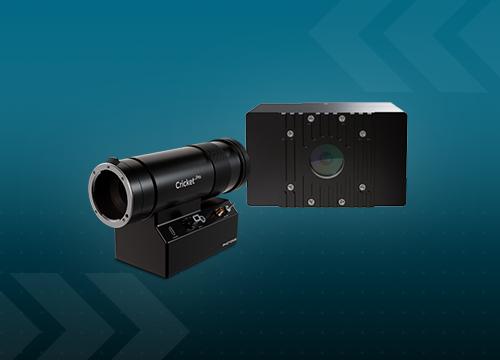
Boston, MA.
FROM Mar 16th 2025 TO Mar 19th 2025
Combustion meeting
Visit Telops at the 14th United States National Combustion Meeting

Boston, MA.
FROM Mar 16th 2025 TO Mar 19th 2025
Visit Telops at the 14th United States National Combustion Meeting


Feb 12th 2025
Exosens featured in the Show Daily of Photonics West, a key industry event!

Feb 12th 2025
Dione Thermal Camera Transforms Museum of Contemporary Art Jacksonville

Orlando.
FROM Apr 13th 2025 TO Apr 17th 2025
Visit Telops, Xenics and Photonis at SPIE Defense and Commercial Sensing 2025 - Orlando, Fla


Dallas.
FROM Mar 24th 2025 TO Mar 27th 2025
Visit Exosens at Distributech 2025 - Dalals, TX

Jan 23rd 2025
Photonis launches Cricket™ pro and PhotonPix™: Two market-leading solutions...

Nürnberg.
FROM Feb 24th 2025 TO Feb 26th 2025
Visit Photonis and Xenics, part of the Exosens Group, at Enforce Tac 2025, in Nürnberg

Las Vegas.
FROM Jan 21st 2025 TO Jan 24th 2025
Visit Photonis Defense, part of the Exosens Group, at SHOT SHOW 2025, in Las Vegas
Stay connected
Stay informed and connected to the latest news from Exosens by signing up.